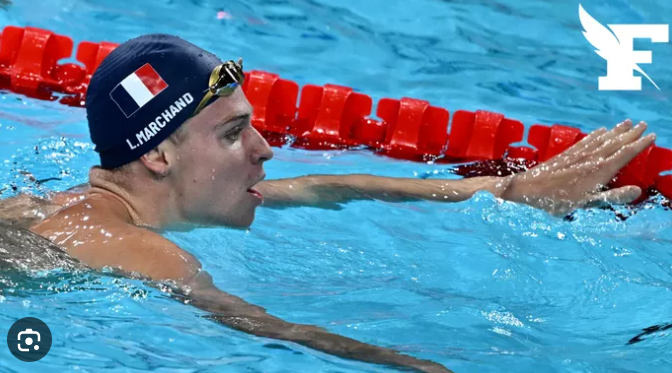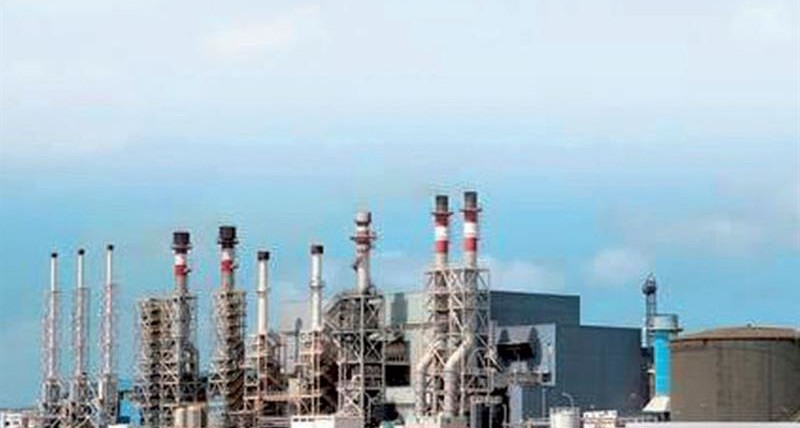In “The Ocean Farmer” (The Walking Tree), Bren Smith, fisherman, talks about how he moved from intensive fishing to an innovative model: regenerative ocean agriculture, which he explains is spreading to thousands of people. aspiring farmers around the world.
Bren Smith is a child of intensive fishing. Born in Newfoundland, Canada, he left school at 14 to become a fisherman on the behemoth trawlers that contributed to the decline in the cod population in Canadian waters during the 1990s.
Then, he changed paths, tried aquaculture, became an oyster farmer, opened two ocean farms washed away by hurricanes. Before embarking on regenerative agriculture: an underwater polyculture model that cultivates a mixture of algae and shellfish and requires no inputs. He distributes this model via GreenWave, which offers individuals the opportunity to try regenerative ocean agriculture. In The Ocean Farmer (The Walking Tree), he recounts this conversion.
Bren Smith: I was born in the town of Petty Harbour, a remote Newfoundland port located in the far east of North America. A few dozen houses, a fish processing factory, a fishermen’s cooperative, all brightened up by layers of leftover boat paint – oranges, reds, yellows, greens that guide us home through the fog.
Shopping for dinner involved a five-minute walk to the docks for cod, flounder or bycatch from the day boats. The children sold cod tongues door to door for a little money.
You were a deep sea fisherman yourself…
I dropped out of high school at 14 to fish all over the world. This was at the height of industrialized fishing, when boats were destroying entire ecosystems with trawls. After the cod stocks collapsed back home in Newfoundland, 30,000 people lost their jobs overnight. I was faced with reality: we were destroying jobs in the long term, while destroying the planet. So I embarked on a journey of ecological redemption.
I ended up becoming an oyster farmer on Long Island Sound. My farm was destroyed by two consecutive storms: Tropical Storm Irene in 2011 and Superstorm Sandy in 2021. They attacked with a six-foot storm surge that buried my oyster cages in three feet of mud. More than half of my equipment was lost, and more than 80% of my harvest was destroyed.
I felt helpless in the face of the growing anger of extreme weather. I had gone from deep-sea raider to farmer, but my farm, my oysters, and my livelihood had become the canary in the coal mine of a climate crisis arriving a hundred years ahead of schedule.
That’s where you got into ocean farming.
I borrowed every possible idea from a thousand years of ocean farming. It’s a craft both old and new, a job rooted in thousands of years of history, dating back to Roman times and the native clam walls of the Pacific Northwest. My objective was to synthesize the good and reject the bad of industrial practices. I asked Mother Nature what to grow, she told me: only species without inputs that do not swim away and do not need to be fed.
I have been farming the same corner of the ocean for over twenty years, always growing a mixture of seaweed and shellfish. In 2014, I launched GreenWave with co-founder and co-executive director Emily Stengel to develop regenerative ocean agriculture. As a nonprofit organization, we strive to drive collaboration and innovation. Think of us as a network of farmers, entrepreneurs and researchers, all committed to developing community-based climate solutions at sea. GreenWave partners with coastal communities across North America to create a blue economy – built and led by ocean farmers – ensuring we can all earn a living on a living planet.
What exactly is regenerative ocean agriculture?
This is a polyculture model that cultivates a mixture of algae and shellfish that requires no input: no fresh water, no food, no fertilizer. These crops are regenerative: they bring life back to the ocean. Millions of years ago, Mother Nature created two powerful agents of renewal: shellfish and algae. Oysters filter up to 50 gallons of water (about 200 liters) per day, removing nitrogen, a nutrient that causes ever-expanding dead zones in the ocean. Sweet kelp, called sea redwood, absorbs five times more carbon than land plants and is touted as the culinary equivalent of the electric car.
Since these farms are located vertically below the surface, they produce high yields with a small footprint. Imagine a vertical underwater garden: hurricane-resistant anchors at the edges connected by horizontal ropes floating six feet below the surface. From these lines, kelp grows vertically downward, alongside scallops in suspended nets that resemble Japanese lanterns and mussels held suspended in mesh socks. At the seabed there are oysters in cages, then clams buried in the mud.
This regenerative ocean farm design is replicable: just an affordable, easy-to-build underwater rope scaffold. The low construction cost means it can be reproduced quickly. The model is scalable. There are over ten thousand plants in the ocean and hundreds of varieties of shellfish – we have barely begun to scratch the surface of what we can grow. And the demand for these crops doesn’t just depend on food; algae can be used as soil amendments, animal feed, biomaterials, etc.
These crops meet ideal climatic conditions, requiring no fresh water, fertilizer or animal feed, while creating economic opportunities for coastal communities. Ocean farmers can partner with the ocean to simultaneously create jobs, feed the planet and fight climate change.




